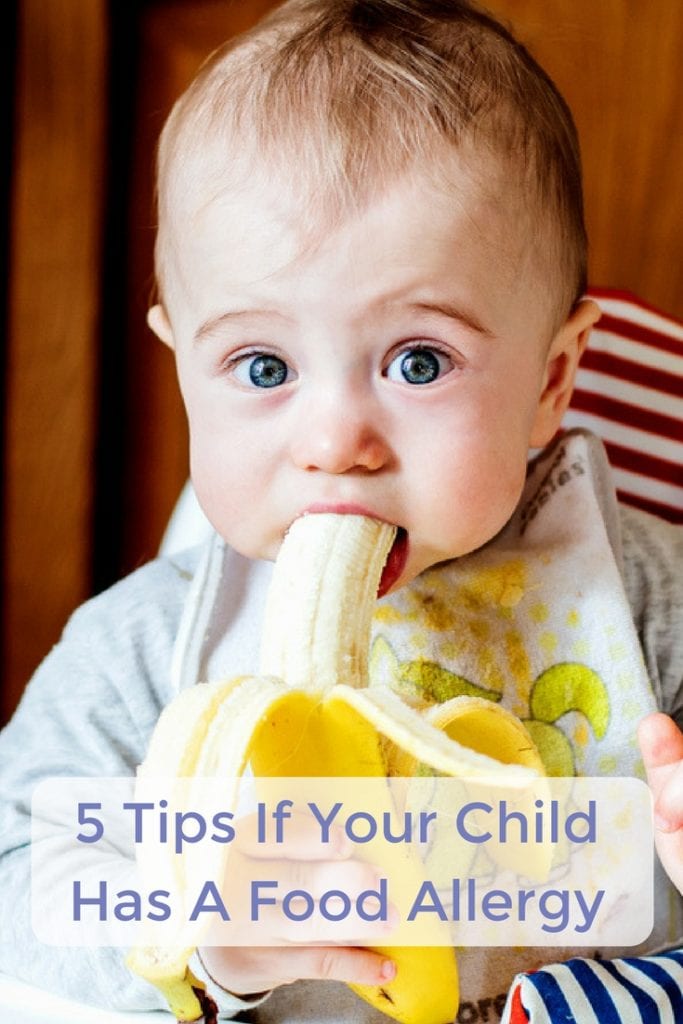Last updated on May 14th, 2024 at 02:19 pm
My 10 month old boy/girl twins were happily sitting in their high chairs munching on Cheerios. This was the day that we were introducing eggs to our little ones, so my husband made an extra scrambled egg for my daughter and son to share. They loved the eggs and shoveled them down with glee. A few minutes later I noticed a small red bump on my son’s chin. Then he got more and more bumps, and his face started turning red. I asked my husband, “Does it look like he is breaking out in hives?” pointing at my son’s face. He was breaking out rapidly and getting noticeably uncomfortable. We called the pediatrician and they told us to give him Benadryl and calculated the dosage for us. After an hour he was not improving – we called the doctor back and they told us to bring him in. He was not getting better and he vomited twice. My husband took him to the doctor while I stayed home with our daughter. The pediatrician gave him a steroid and epinephrine and made us an appointment with an allergist. I now had a child with a food allergy.
Introducing your new foods to your child can be stressful because of a fear of food allergies. Here are 5 tips to help:

1. Introduce New Foods One at a Time
We knew exactly what my son was having a reaction to because egg was the only new food we had introduced that morning. This made it easier for the doctors to treat and easier on us because we knew exactly what to avoid with him in the future.
2. Keep a Food Log of New Foods Introduced
Maybe your child has a mild allergy and the reaction is not immediate. By keeping a food log you can look back and see what he or she has been introduced to and use that to help you narrow down what the problem might be.
3. Introduce New Foods When You Know Your Pediatrician’s Office Is Open and Help Is Available
We introduced this food at breakfast, and because our child had his reaction when the office was open we were able to get immediate help. It was so great to be able to bring him right in for treatment.

4. Keep Benadryl at Home Just in Case
We had Benadryl as part of our babies first aid supplies. We were able to give it to our son right away once the doctor instructed us to do so. We didn’t have to rush to the store while he was suffering. This is especially important if you are alone with your children.
5. If You Are Concerned, Call – Don’t Feel Bad About Calling
If in doubt – call your pediatrician. If it turns out to be nothing that is okay, better safe than sorry. If the reaction escalates it can happen quickly and if there is a respiratory reaction that can be very dangerous.
My son’s allergy was considered severe because he had a reaction in more than one system of the body – he had a reaction on his skin and the vomiting indicated a reaction in his digestive system. At the appointment with the allergist he was tested for multiple allergens including eggs. Luckily we did not discover any additional allergies.

If you do need to take your child to an allergist here are some tips to help the visit go smoothly:
Prepare and Bring Items That Will Make Your Child (And You) More Comfortable
Bring food and toys for your child. Dress your child in clothing that is easy to get on and off. Have plenty of diapers and wipes. Try to get a nap in before the appointment. If they have to do testing it will not be a short visit, so go prepared so that you and your child can be as comfortable as possible.
Write down Questions Before the Visit So That You Don’t Forget and Takes Notes or Get a Written Summary of the Visit
Bring a list of foods that your child has eaten and a list of questions you have for the doctor. You don’t want to forget anything, and it’s easier to plan it out ahead then to remember in the moment. Take notes during the visit, or if that is hard to do with a squirming baby in your arms, ask for a written summary of what the doctor has told you.

If Your Child Needs Epinephrine Know How to Use It and Make Sure That Caregivers Know How to Use It
If your child is diagnosed with a food allergy he or she may be prescribed Epinephrine. This comes in an injection. They should teach you how to use it in the doctor’s office, but if they don’t make sure you ask. Once you have learned, be sure that all of your child’s caregivers know how to administer the medication in case of accidental exposure.
Food allergies can be scary, but by exercising caution and being prepared you can keep your child safe.
All content on this Web site, including medical opinion and any other health-related information, is for informational purposes only and should not be considered to be a specific diagnosis or treatment plan for any individual situation. Use of this site and the information contained herein does not create a doctor-patient relationship. Always seek the direct advice of your own doctor in connection with any questions or issues you may have regarding your own health or the health of others.

Kelly Petro lives in Rochester, NY with her husband John, her 8 month old twins, Charlie and Sophia and her dog Dexter. She is a music teacher and she’s enjoying staying home this school year to take care of her twinnies. She enjoys singing, writing, reading, and papercrafts such as card making and decorating her paper planner.







